Population-Based Payment Models: Overcoming Barriers, Accelerating Adoption
- May 16, 2016
- Posted by: Health Care Payment Learning & Action Network
- Category: Blog

Health care payment systems are undergoing a dramatic transformation, shifting away from traditional fee-for-service models and toward those that better reward providers for the quality of care they deliver to their patients, rather than the volume. One of the vehicles driving this change has been the emergence of Alternative Payment Models (APMs). These APMs are transforming how payers and providers work together, because they require mutually agreed-upon goals and collaborative efforts to achieve cost and quality targets.
On the spectrum of APMs, population-based payment (PBP) models are the most comprehensive. A key strategy for moving from volume to value, these models reward providers for meeting population-level targets. The core premise of a PBP model is that providers are accountable for patient-centric care for a specific population over a fixed timeframe and across the full continuum of care.
PBP models reside in Categories 3 and 4 of the APM Framework developed by the LAN’s Alternative Payment Model Framework and Progress Tracking Work Group. PBP models in both categories hold providers accountable for the full continuum of patient care, from preventive to end-of-life care. The models are structured in a way that encourage providers to deliver high-quality, well-coordinated, person-centered care within a defined population-based budget.
Aligning payer principles and practices
To make these wins a reality, alignment among public and private payers on principles, practices, and key elements of methodology, when possible, will help to make participation in PBP models an attractive proposition for providers. Alignment should alleviate a pressing provider problem, namely, the administrative burden of responding to the varying requirements of multiple payer models. Unfortunately, differences in the ways the elements of PBP models are implemented in the public and private sectors—and even within a single market—vary considerably and often lack alignment. The resulting administrative burden is distracting and without value to the patients these models serve. the LAN’s PBP Work Group is addressing four priority areas essential to accelerating adoption of PBP models: patient attribution, financial benchmarking, data sharing, and performance measurement. By developing a multi-stakeholder approach, the PBP Work Group hopes to increase the adoption and long-term success of PBP models by ensuring payers and providers are working together to identify and address barriers to implementation.
Attributing patients to providers
Patient attribution, the process of identifying the population that a provider organization is agreeing to be accountable for, is a fundamental element of PBP models that makes it possible for the provider organization to proactively and effectively manage care and costs for the covered population. When it is available, patient self-reported information about the provider they consider to be their regular personal doctor should be considered the gold standard for attribution. However, if patient self-reported information is unavailable, empirical evidence strongly supports the accuracy of attribution through careful and systematic use of claims or encounter data. The PBP Work Group’s Patient Attribution White Paper highlights ten recommendations to guide the attribution process.
Assessing financial benchmarks
Setting appropriate benchmarks in a PBP model is essential to their success. These benchmarks need to reflect the priorities of purchasers, payers, patients, and communities to reduce health care spending in a timely manner and a realistic assessment of the pace at which providers can make the changes needed. Establishing and maintaining financial benchmarks, while important to all stakeholders, requires a fundamentally different relationship between payers and providers. At the outset, the need for transparency and trust between both groups is paramount. Both must have a mutual understanding of risk-sharing parameters and the target of the financial benchmark, as well as the ability to adapt to unforeseen events, such as the approval of a new blockbuster drug.
The PBP Work Group’s Financial Benchmarking White Paper provides a blueprint for establishing and updating financial benchmarks in PBP models, with a discussion of approaches to risk adjustment. We recommend payers and providers create a shared goal to move away from historic provider benchmarks to regional and, ultimately, national benchmarks over a period of time. One issue for consideration is the time it takes to converge on a regional or national benchmark. During that time, provider organizations may succeed, improve, or fail based on performance. Meeting the financial benchmark is one measure of success.
Accelerating adoption
PBP Work Group members recently released a draft Performance Measurement White Paper and are developing a draft Data Sharing White Paper. The draft Performance Measurement White Paper is open for public comment through May 23. Together, the recommendations in the Work Group’s papers provide a solid foundation to address key barriers to accelerating PBP model adoption. As providers and payers reinvent their relationship and reinvest in effective and sustainable ways to serve their shared constituencies, PBP models can deliver on their promise of high-value, patient-centric care.
Please note that guest blogs from Guiding Committee and Work Group members represent the views of the individual authors and do not represent official positions of the Guiding Committee, Work Groups, CAMH, or CMS.
 Dana Gelb Safran, ScD
Dana Gelb Safran, ScD
Ms. Safran serves as co-chair of the Health Care Payment Learning & Action Network’s Population-Based Payment Work Group. She is Chief Performance Measurement & Improvement Officer and Senior Vice President, Enterprise Analytics at Blue Cross Blue Shield of Massachusetts (BCBSMA) and leads the company’s initiatives to measure and improve health care quality, safety, and outcomes.
 Glenn Steele, Jr.
Glenn Steele, Jr.
Mr. Steele serves as co-chair of the Health Care Payment Learning & Action Network’s Population-Based Payment Work Group. He is Chairman of xG Health Solutions, an independently operated venture launched by Geisinger Health System to help health care organizations create value and improve quality by leveraging Geisinger intellectual property and expertise on issues such as population-health data analytics, care management, and health information technology.

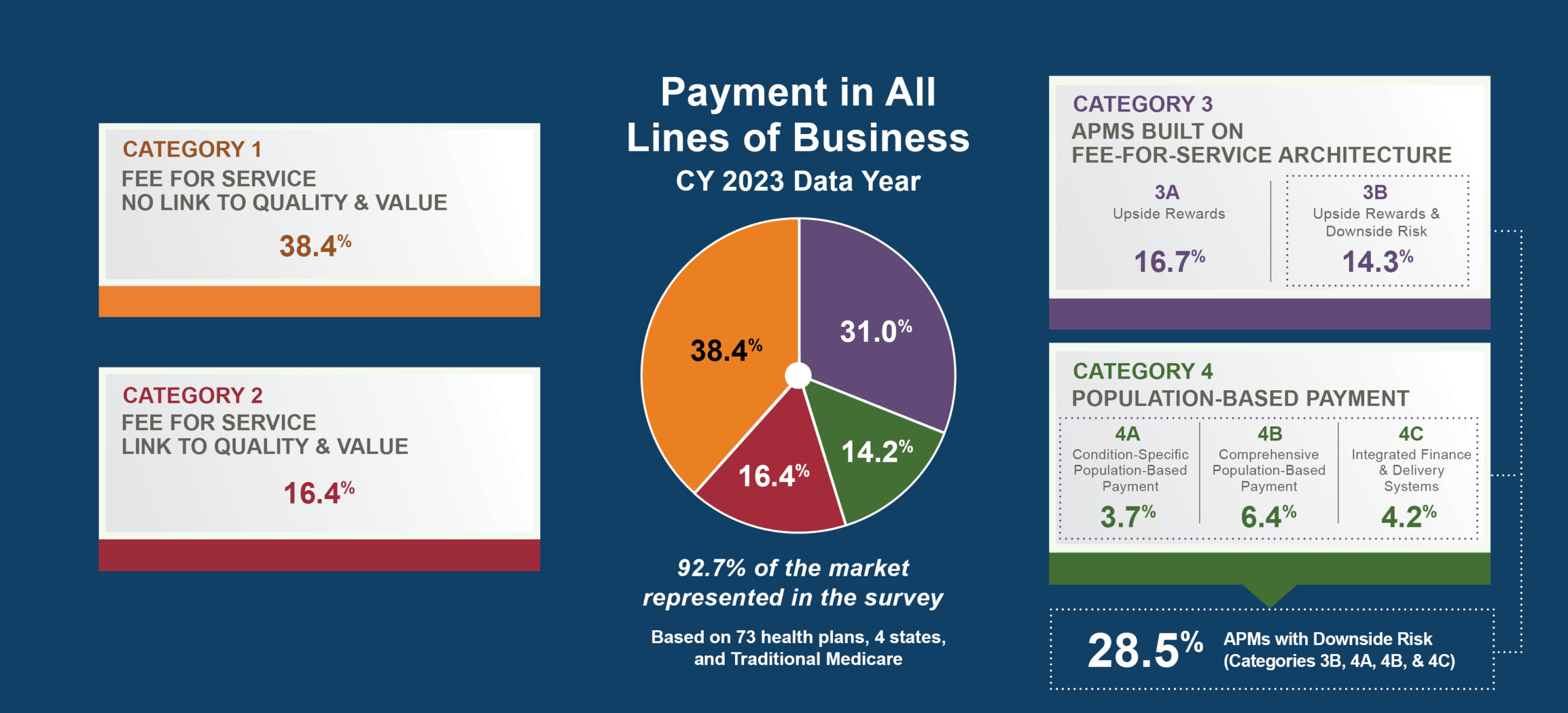

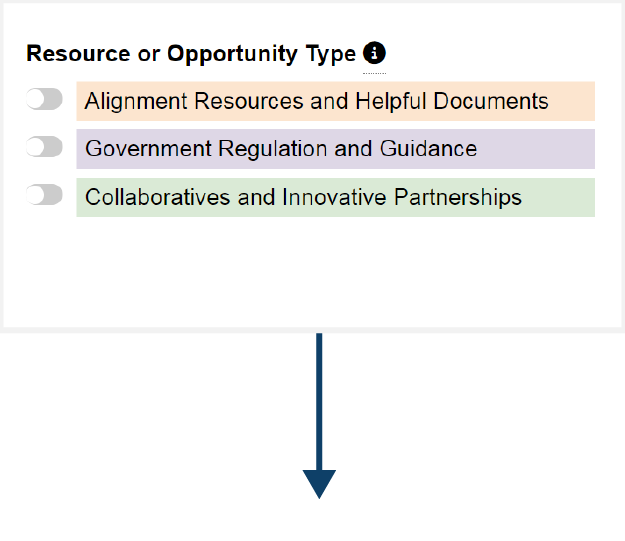
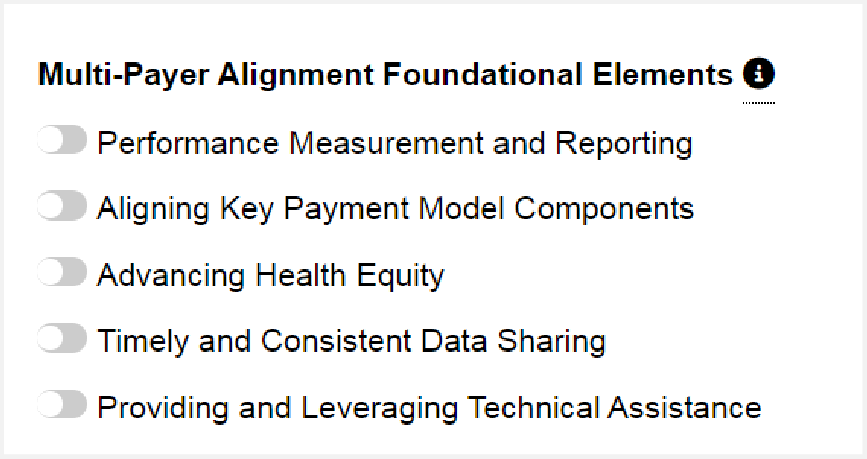




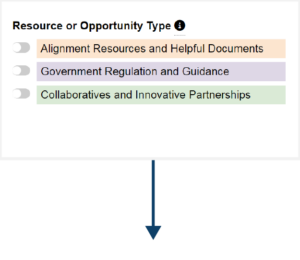


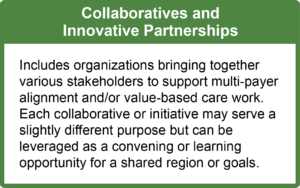
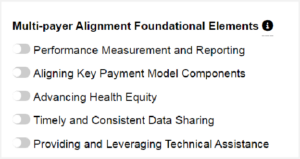




 Emily DuHamel Brower, M.B.A., is senior vice president of clinical integration and physician services for Trinity Health. Emphasizing clinical integration and payment model transformation, Ms. Brower provides strategic direction related to the evolving accountable healthcare environment with strong results. Her team is currently accountable for $10.4B of medical expense for 1.6M lives in Medicare Accountable Care Organizations (ACOs), Medicare Advantage, and Medicaid and Commercial Alternative Payment Models.
Emily DuHamel Brower, M.B.A., is senior vice president of clinical integration and physician services for Trinity Health. Emphasizing clinical integration and payment model transformation, Ms. Brower provides strategic direction related to the evolving accountable healthcare environment with strong results. Her team is currently accountable for $10.4B of medical expense for 1.6M lives in Medicare Accountable Care Organizations (ACOs), Medicare Advantage, and Medicaid and Commercial Alternative Payment Models. Mr. James Sinkoff is the Deputy Executive Officer and Chief Financial Officer for Sun River Health (formerly known as Hudson River HealthCare), and the Chief Executive Officer of Solutions 4 Community Health (S4CH); an MSO serving FQHCs and private physician practices.
Mr. James Sinkoff is the Deputy Executive Officer and Chief Financial Officer for Sun River Health (formerly known as Hudson River HealthCare), and the Chief Executive Officer of Solutions 4 Community Health (S4CH); an MSO serving FQHCs and private physician practices. Victor is the Chief Medical Officer for TennCare, Tennessee’s Medicaid Agency. At TennCare, Victor leads the medical office to ensure quality and effective delivery of medical, pharmacy, and dental services to its members. He also leads TennCare’s opioid epidemic strategy, social determinants of health, and practice transformation initiatives across the agency. Prior to joining TennCare, Victor worked at Evolent Health supporting value-based population health care delivery. In 2013, Victor served as a White House Fellow to the Secretary of Health and Human Services. Victor completed his Internal Medicine Residency at Emory University still practices clinically as an internist in the Veteran’s Affairs Health System.
Victor is the Chief Medical Officer for TennCare, Tennessee’s Medicaid Agency. At TennCare, Victor leads the medical office to ensure quality and effective delivery of medical, pharmacy, and dental services to its members. He also leads TennCare’s opioid epidemic strategy, social determinants of health, and practice transformation initiatives across the agency. Prior to joining TennCare, Victor worked at Evolent Health supporting value-based population health care delivery. In 2013, Victor served as a White House Fellow to the Secretary of Health and Human Services. Victor completed his Internal Medicine Residency at Emory University still practices clinically as an internist in the Veteran’s Affairs Health System. Dr. Brandon G. Wilson, DrPH, MHA (he, him, his) joined Community Catalyst as the Director of the Center for Consumer Engagement in Health Innovation, where he leads the Center in bringing the community’s experience to the forefront of health systems transformation and health reform efforts, in order to deliver better care, better value and better health for every community, particularly vulnerable and historically underserved populations. The Center works directly with community advocates around the country to increase the skills and power they have to establish an effective voice at all levels of the health care system. The Center collaborates with innovative health plans, hospitals and providers to incorporate communities and their lived experience into the design of systems of care. The Center also works with state and federal policymakers to spur change that makes the health system more responsive to communities. And it provides consulting services to health plans, provider groups and other health care organizations to help them create meaningful structures for engagement with their communities.
Dr. Brandon G. Wilson, DrPH, MHA (he, him, his) joined Community Catalyst as the Director of the Center for Consumer Engagement in Health Innovation, where he leads the Center in bringing the community’s experience to the forefront of health systems transformation and health reform efforts, in order to deliver better care, better value and better health for every community, particularly vulnerable and historically underserved populations. The Center works directly with community advocates around the country to increase the skills and power they have to establish an effective voice at all levels of the health care system. The Center collaborates with innovative health plans, hospitals and providers to incorporate communities and their lived experience into the design of systems of care. The Center also works with state and federal policymakers to spur change that makes the health system more responsive to communities. And it provides consulting services to health plans, provider groups and other health care organizations to help them create meaningful structures for engagement with their communities. Tamara Ward is the SVP of Insurance Business Operations at Oscar Health, where she leads the National Network Contracting Strategy and Market Expansion & Readiness. Prior to Oscar she served as VP of Managed Care & Network Operations at TriHealth in Southwest Ohio. With over 15 years of progressive health care experience, she has been instrumental driving collaborative payer provider strategies, improving insurance operations, and building high value networks through her various roles with UHC and other large provider health systems. Her breadth and depth of experience and interest-based approach has allowed her to have success solving some of the most complex issues our industry faces today. Tam is passionate about driving change for marginalized communities, developing Oscar’s Culturally Competent Care Program- reducing healthcare disparities and improving access for the underserved population. Tamara holds a B.A. from the University of Cincinnati’s and M.B.A from Miami University.
Tamara Ward is the SVP of Insurance Business Operations at Oscar Health, where she leads the National Network Contracting Strategy and Market Expansion & Readiness. Prior to Oscar she served as VP of Managed Care & Network Operations at TriHealth in Southwest Ohio. With over 15 years of progressive health care experience, she has been instrumental driving collaborative payer provider strategies, improving insurance operations, and building high value networks through her various roles with UHC and other large provider health systems. Her breadth and depth of experience and interest-based approach has allowed her to have success solving some of the most complex issues our industry faces today. Tam is passionate about driving change for marginalized communities, developing Oscar’s Culturally Competent Care Program- reducing healthcare disparities and improving access for the underserved population. Tamara holds a B.A. from the University of Cincinnati’s and M.B.A from Miami University.


 Dr. Peter Walsh joined the Colorado Department of Health Care Policy and Financing as the Chief Medical Officer on December 1, 2020. Prior to joining HCPF, Dr. Walsh served as a Hospital Field Representative/Surveyor at the Joint Commission, headquartered in Oakbrook Terrace, Illinois.
Dr. Peter Walsh joined the Colorado Department of Health Care Policy and Financing as the Chief Medical Officer on December 1, 2020. Prior to joining HCPF, Dr. Walsh served as a Hospital Field Representative/Surveyor at the Joint Commission, headquartered in Oakbrook Terrace, Illinois.








